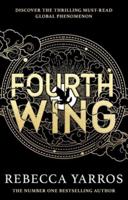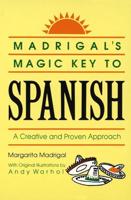Publisher's Synopsis
Flax is one of the oldest cultivated crops. Evidence suggests that people cultivated it in Babylon in approximately 3000 BCE. The seeds have traditionally been used in healing, and the fibres for producing fabric (i.e. linen) and rope. The flax plant, which grows to about a meter in height, is native to the region spanning the Mediterranean to India, but is now widely distributed all over the world. It can grow up to 1 meter in height.As a source for fabric, flax has many uses, ranging from tablecloth to warm-weather suits; upscale restaurant owners and tropical playboys alike can celebrate the versatility of linen. However, most people are more familiar with the seeds of the flax plant, which can be ground and consumed, or from which oil can be extracted. The extracted oil, which makes up 40% of flaxseed by weight, is commonly referred to as linseed or flaxseed oil. This oil can be consumed as part of the diet or even used as a preservative finish on wood.Canada, the U.S. and China are the main producers of flax. The production of flax used to be extensive, but the expansive petroleum industry after World War II resulted in many farms switching from crops like flax to big rotation crops like corn and soy. As a high percentage of corn and soy crops are subject to genetic modification, one can rest assured that in Canada, only non-genetically modified varieties of flaxseed are used in commercial production.


























